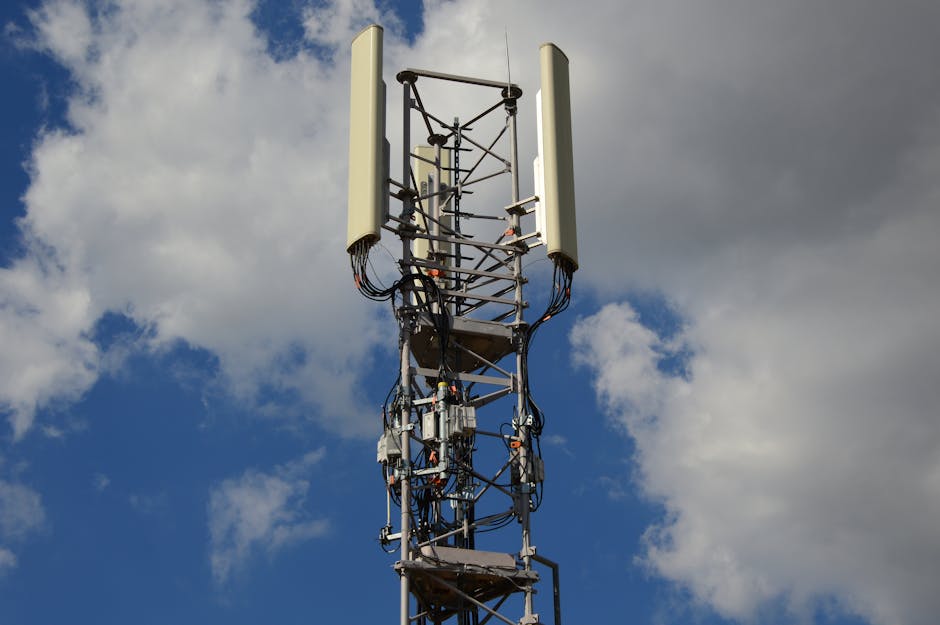North America’s Mobile Industry to Contribute $1.6 Trillion to GDP by 2024

The mobile industry in North America is making a profound economic impact, with a new GSMA report revealing its contribution to reach $1.6 trillion by 2024. This staggering figure represents approximately five percent of the region’s GDP, cementing the industry’s significance in driving technological advancements and economic growth. Across North America, nearly 320 million individuals are connected to the mobile internet, with 60 percent having adopted 5G technology. These advancements underscore the region’s leadership in global mobile innovation.
Rising Economic Contributions and Employment Opportunities

Pexels
According to the report, the mobile ecosystem directly contributed $420 billion in 2023, supporting 2.6 million jobs both directly and indirectly. The influence of mobile technology is expected to surge even further, with projections indicating a contribution of $3.7 trillion—over 10 percent of GDP—by 2030. This growth will be fueled by ongoing advancements in 5G adoption, IoT integration, and AI innovations, which are creating efficiencies and enhancing productivity across all sectors.
Mobile operators in North America have invested more than $300 billion into their networks between 2019 and 2024. Now, their focus shifts toward monetising this infrastructure, particularly through 5G fixed wireless access (FWA). The United States has emerged as the world’s leading FWA market, with over 11.6 million connections expected by the end of 2024. This figure is set to more than double by 2030, reaching 25 million connections and capturing one-fifth of American households.
Technological Advancements and Enterprise Innovations

Pexels
North America’s emphasis on 5G standalone (SA) networks is transforming enterprise solutions. SA networks enable enhanced capabilities like network slicing, which offers dedicated, optimised connectivity tailored to specific applications. This has facilitated advancements in areas such as emergency response, high-quality video calling, and connectivity in dynamic environments like large sporting venues. Such innovations pave the way for enterprises to leverage advanced communication tools that ensure efficiency and reliability.
Meanwhile, the region continues to lead in satellite communication development and radio access network (RAN) technology. The rise of direct-to-device (D2D) satellite services promises to extend mobile coverage to remote areas, while Open RAN innovations foster a virtualised and more flexible network architecture. Companies like AT&T are pioneering this shift, aiming to have 70 percent of their network traffic managed by Open RAN technologies by 2026. This evolution supports dynamic network optimisation through AI and automation.
Addressing Cybersecurity and Sustainability Challenges

Pexels
As the reliance on mobile networks increases, the telecom industry faces growing threats from cyberattacks. The report highlights recent cyber-espionage incidents impacting critical U.S. infrastructure, prompting operators to adopt robust security measures. These include zero-trust architectures, collaboration within threat intelligence communities like GSMA’s T-ISAC, and deploying enhanced fraud prevention APIs through the GSMA Open Gateway initiative.
In addition to cybersecurity, the industry has made significant strides in sustainability. North American operators have successfully reduced operational emissions per connection by 50 percent between 2019 and 2023. Renewable energy investments, coupled with popular smartphone trade-in programs, reinforce the industry’s commitment to environmental responsibility. Programs such as AT&T’s Connected Learning Centers and T-Mobile’s Project 10Million address societal challenges by promoting digital literacy and providing resources to underserved communities.
The Role of Policy in Sustaining Growth

Pexels
For North America’s mobile market to maintain its momentum, supportive policies are crucial. The report emphasises the importance of efficient spectrum allocation to keep pace with future innovations, such as augmented reality and holographic messaging. Regulatory simplifications, like the FCC’s “Delete, Delete, Delete” initiative, aim to eliminate outdated rules, accelerating infrastructure deployment and fostering innovation. By creating an environment conducive to investment and development, policymakers can ensure the industry continues to thrive in the digital economy.
As the region continues to solidify its position as a global leader in mobile connectivity, its focus on advancing technology, addressing cyber threats, and investing in sustainability and digital inclusivity will influence not only North America but the entire global telecommunications landscape.




